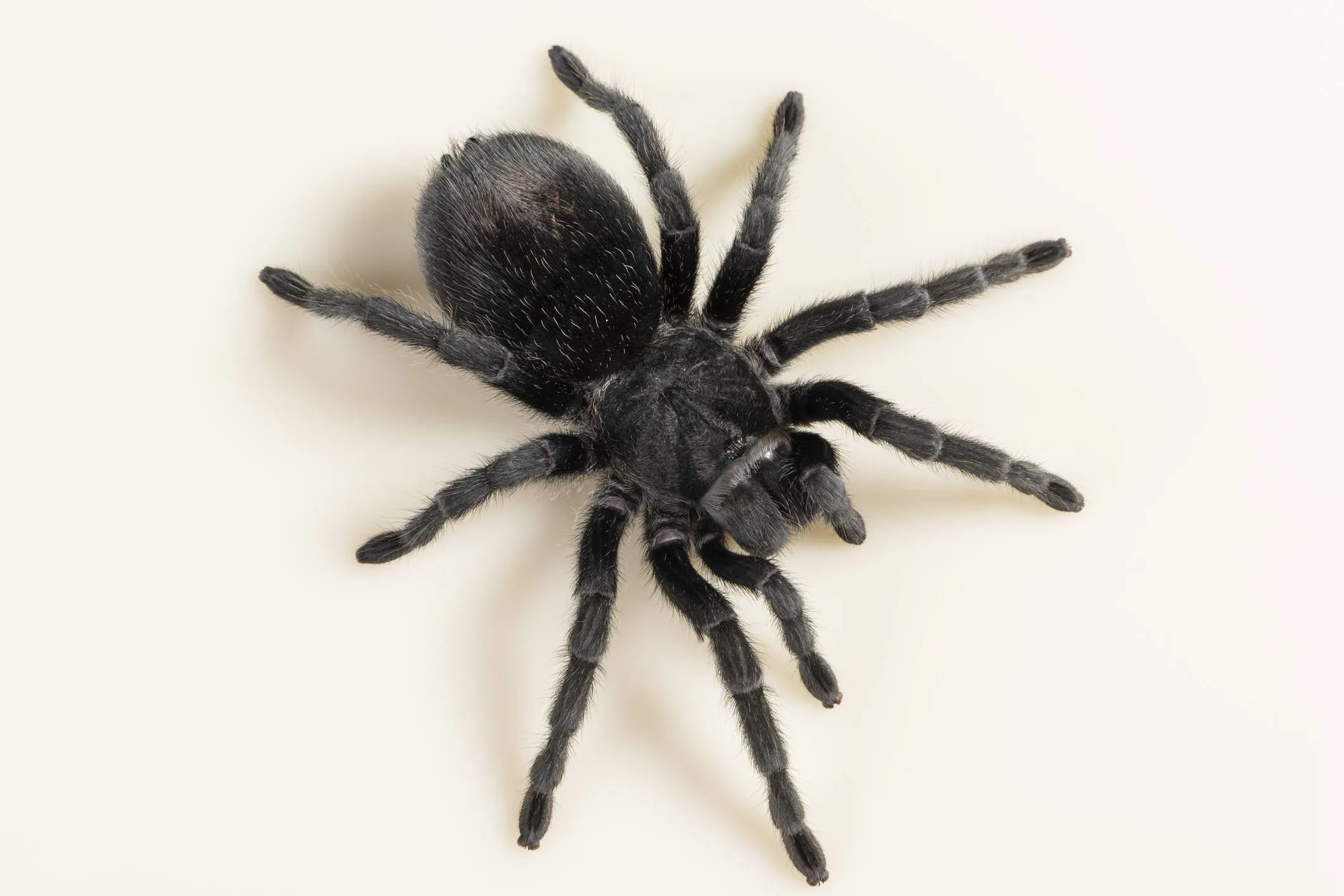Understanding Tarantulas
Tarantulas, captivating arachnids, have gained popularity as exotic pets. This comprehensive guide is designed to assist beginners in understanding and providing the best possible care for these fascinating creatures. From selecting the right species to setting up a suitable habitat and addressing health concerns, this guide provides essential information to ensure your tarantula thrives. This introduction will help you navigate the world of tarantula care, emphasizing the importance of responsible pet ownership and providing a safe and enriching environment for your eight-legged friend. Understanding the basic needs of a tarantula is the first step toward a rewarding experience.
What is a Tarantula?
Tarantulas are large, hairy spiders belonging to the Theraphosidae family. They are known for their impressive size, longevity, and relatively docile nature, making them appealing pets for both novice and experienced keepers. Unlike many other spiders, tarantulas possess urticating hairs, which they can flick off their abdomens as a defense mechanism. They are also known for their diverse colors and patterns, with some species displaying vibrant hues. Tarantulas are primarily nocturnal hunters, feeding on insects and other small animals. Learning about their biology and behavior is crucial to providing them with the best possible care.
Common Tarantula Species
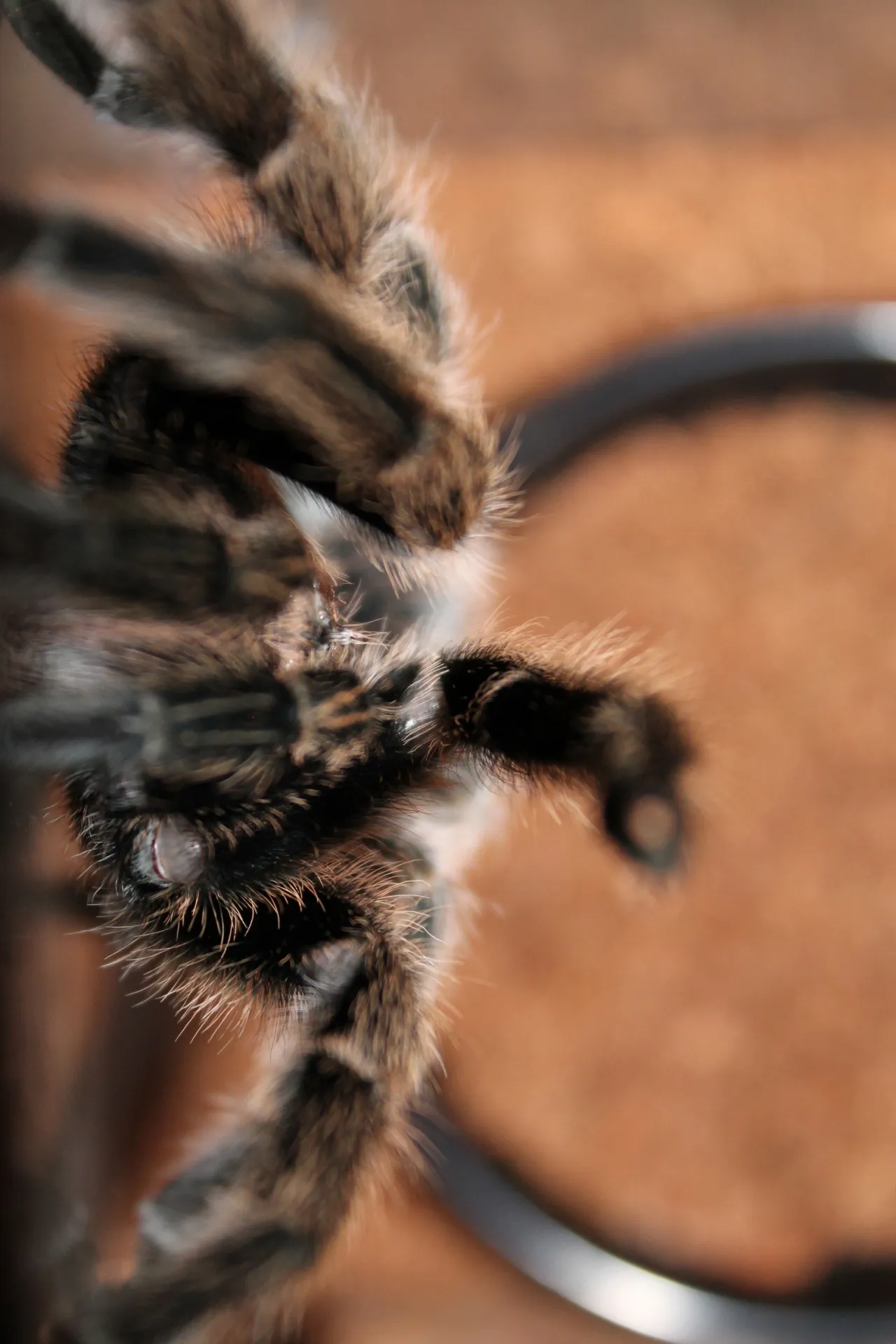
Several tarantula species are well-suited for beginners. The Chilean Rose Hair (Grammostola rosea) is a popular choice due to its gentle temperament and relatively low maintenance needs. The Pinktoe tarantula (Avicularia avicularia) is another option, known for its arboreal lifestyle and striking appearance. The Mexican Red Knee (Brachypelma hamorii) is another good option, famous for its beautiful orange markings. Before acquiring a tarantula, research different species, considering factors like size, temperament, and specific care requirements. Choosing a species that aligns with your experience level and lifestyle is vital for a successful and enjoyable pet ownership experience. Explore the different species to determine which is best for you.
Choosing the Right Tarantula
Selecting the right tarantula is a crucial step in ensuring its well-being and your satisfaction as a pet owner. Consider factors such as your experience level, available space, and the tarantula’s temperament. Beginners should generally opt for docile species that are relatively easy to care for. Research the specific needs of each species, including their size, habitat requirements, and dietary preferences. It’s also important to consider the lifespan of a tarantula, as some species can live for over 20 years. Take your time, research different species, and choose a tarantula that matches your lifestyle and commitment level. A well-informed decision will lead to a more enjoyable and rewarding experience.
Factors to Consider
When choosing a tarantula, several factors should guide your decision. Temperament is a significant consideration; some species are more docile and less likely to bite than others. Size is another important factor, as larger tarantulas require larger enclosures. Research the specific habitat requirements of each species, including their need for humidity, temperature, and substrate. Consider your personal preferences, such as the tarantula’s appearance and activity level. Finally, take into account the tarantula’s longevity, which can range from a few years to several decades. By carefully evaluating these factors, you can make an informed decision and select a tarantula that is a good fit for you.
Where to Buy Your Tarantula

Acquiring a tarantula from a reputable source is essential for the animal’s health and your peace of mind. Consider purchasing your tarantula from a specialized pet store, a breeder, or an online retailer that specializes in exotic pets. Ensure the seller can provide information about the tarantula’s origin, age, and species. Check for signs of good health, such as an active demeanor and a healthy abdomen. Avoid purchasing tarantulas from sources that appear to lack knowledge or provide inadequate care. By choosing a reputable source, you can minimize the risk of acquiring a sick or poorly cared-for tarantula and increase your chances of a positive experience.
Setting Up the Perfect Habitat
Creating a suitable habitat is critical to the well-being of your tarantula. The enclosure should provide adequate space, a comfortable temperature and humidity, and a safe environment. The habitat should mimic the tarantula’s natural environment, including appropriate substrate and hiding places. Proper setup can also help you observe your tarantula’s behavior and monitor its health. The goal is to create a habitat that promotes your tarantula’s well-being, allowing it to thrive. A well-designed enclosure is the foundation of responsible tarantula care.
Enclosure Size and Type
The size and type of enclosure depend on the tarantula’s species and size. A general rule is to provide an enclosure that is at least three times the tarantula’s leg span in width and length, and tall enough to allow for molting. Glass terrariums or plastic enclosures with secure lids are suitable choices. Ensure the enclosure has proper ventilation to prevent the buildup of humidity and stale air. The enclosure should also have a secure lid to prevent the tarantula from escaping. Consider the tarantula’s arboreal or terrestrial nature when choosing the enclosure type, as arboreal species require taller enclosures with climbing opportunities.
Substrate Options
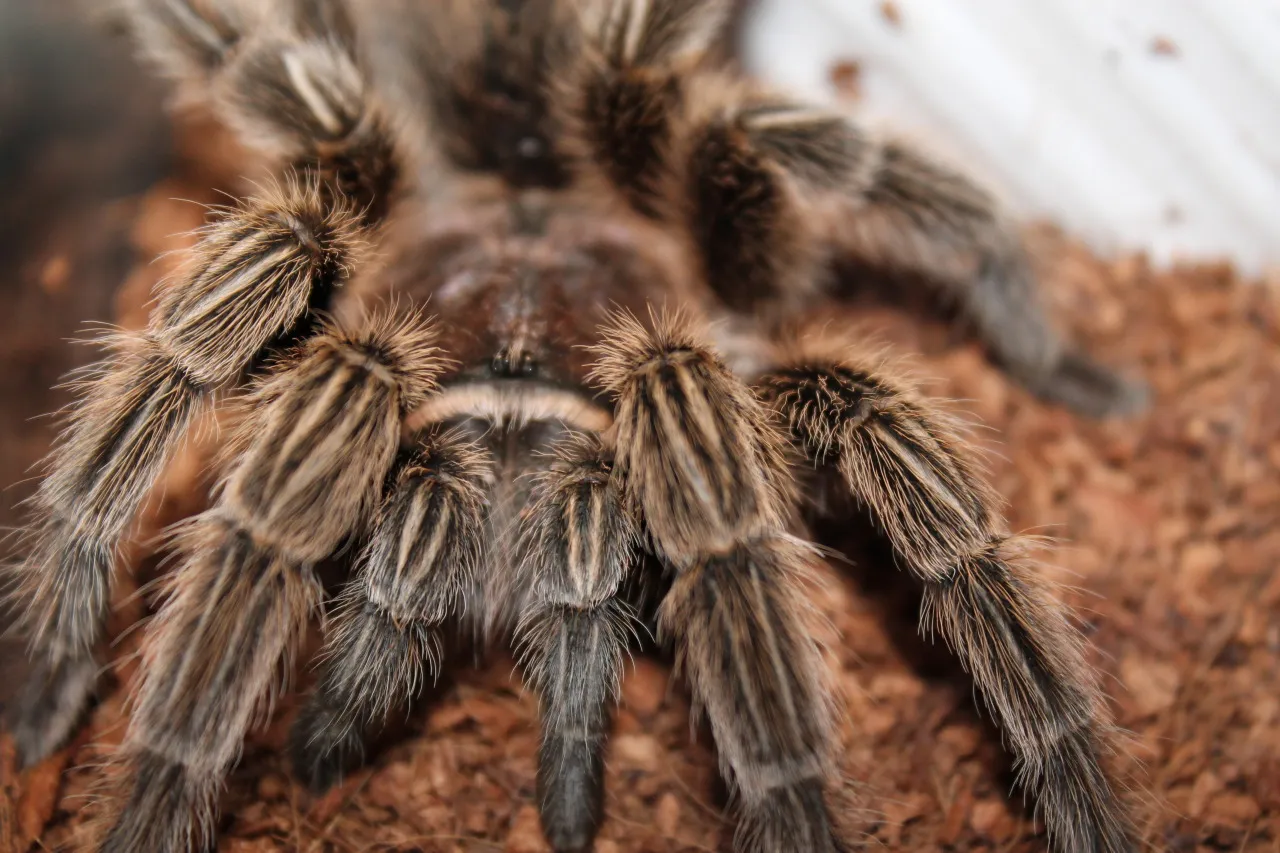
The substrate is the material that lines the bottom of the enclosure, providing a suitable environment for your tarantula. Popular substrate options include coco fiber, peat moss, and a mix of vermiculite and potting soil. The substrate should be deep enough for the tarantula to burrow if it is a burrowing species. It should also help maintain the appropriate humidity levels. Avoid substrates that are dusty or contain sharp particles, which could harm your tarantula. The substrate should be replaced regularly to prevent the buildup of mold and bacteria. Providing the right substrate is crucial for the overall health and well-being of your tarantula.
Temperature and Humidity
Maintaining the correct temperature and humidity levels is essential for your tarantula’s health. Most tarantulas thrive in temperatures between 75 and 85 degrees Fahrenheit (24 to 29 degrees Celsius). Use a thermometer to monitor the temperature in the enclosure. The humidity level should vary depending on the species, but generally ranges from 60% to 80%. Use a hygrometer to measure humidity. You can increase humidity by misting the enclosure with water or providing a water dish. Poor temperature or humidity can cause health problems, so regular monitoring and adjustments are required.
Providing Food and Water
Proper nutrition and hydration are essential for your tarantula’s health and survival. Tarantulas typically eat a diet of insects, such as crickets, mealworms, and roaches. Providing fresh water is also crucial, and a shallow water dish should always be available. Adjust the feeding schedule based on the tarantula’s age and size. By providing a balanced diet and access to fresh water, you can support your tarantula’s overall health and well-being.
Feeding Your Tarantula
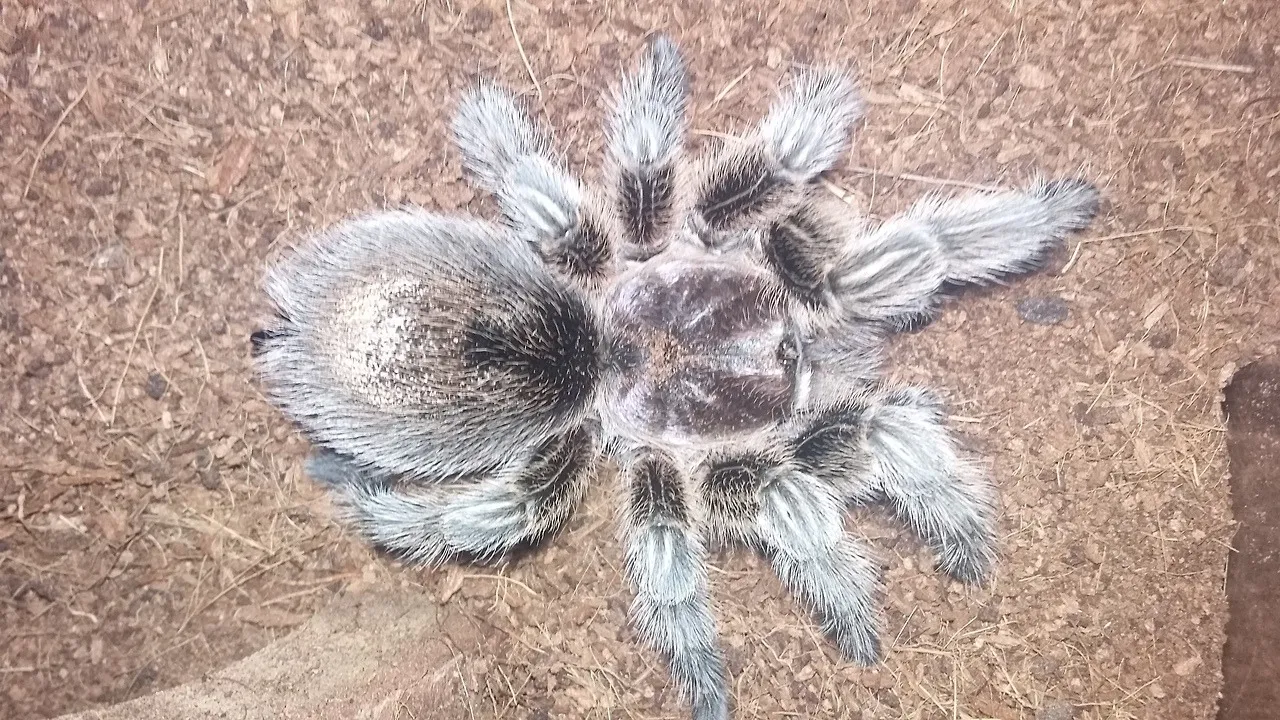
Feeding frequency depends on the tarantula’s age and growth rate. Spiderlings typically need to be fed more frequently than adults. Offer appropriately sized insects, ensuring they are no larger than the tarantula’s body. Remove any uneaten prey after 24 hours. Overfeeding can lead to health problems. Consider the tarantula’s molting cycle; do not feed a tarantula that is in premolt. A well-fed tarantula will be active and healthy. Observe your tarantula’s feeding habits to ensure it is getting the nutrition it needs.
Watering Your Tarantula
Fresh water is crucial. Provide a shallow water dish that is easily accessible to your tarantula. The dish should be shallow enough to prevent the tarantula from drowning. Change the water regularly to keep it fresh and clean. You can also mist the enclosure occasionally to provide additional moisture, particularly for species that require higher humidity. Monitoring water intake and the humidity level is crucial for your tarantula’s overall health. Ensure a constant supply of fresh water.
Handling and Safety
Handling tarantulas should be done with caution. While many species are docile, all tarantulas have the potential to bite. Handling should be kept to a minimum, and only attempted after the tarantula has become accustomed to its environment. Always wash your hands before and after handling. Children should not handle tarantulas without adult supervision. By understanding the risks and following safety precautions, you can minimize the risk of injury and ensure a safe experience for both you and your tarantula.
Handling Your Tarantula
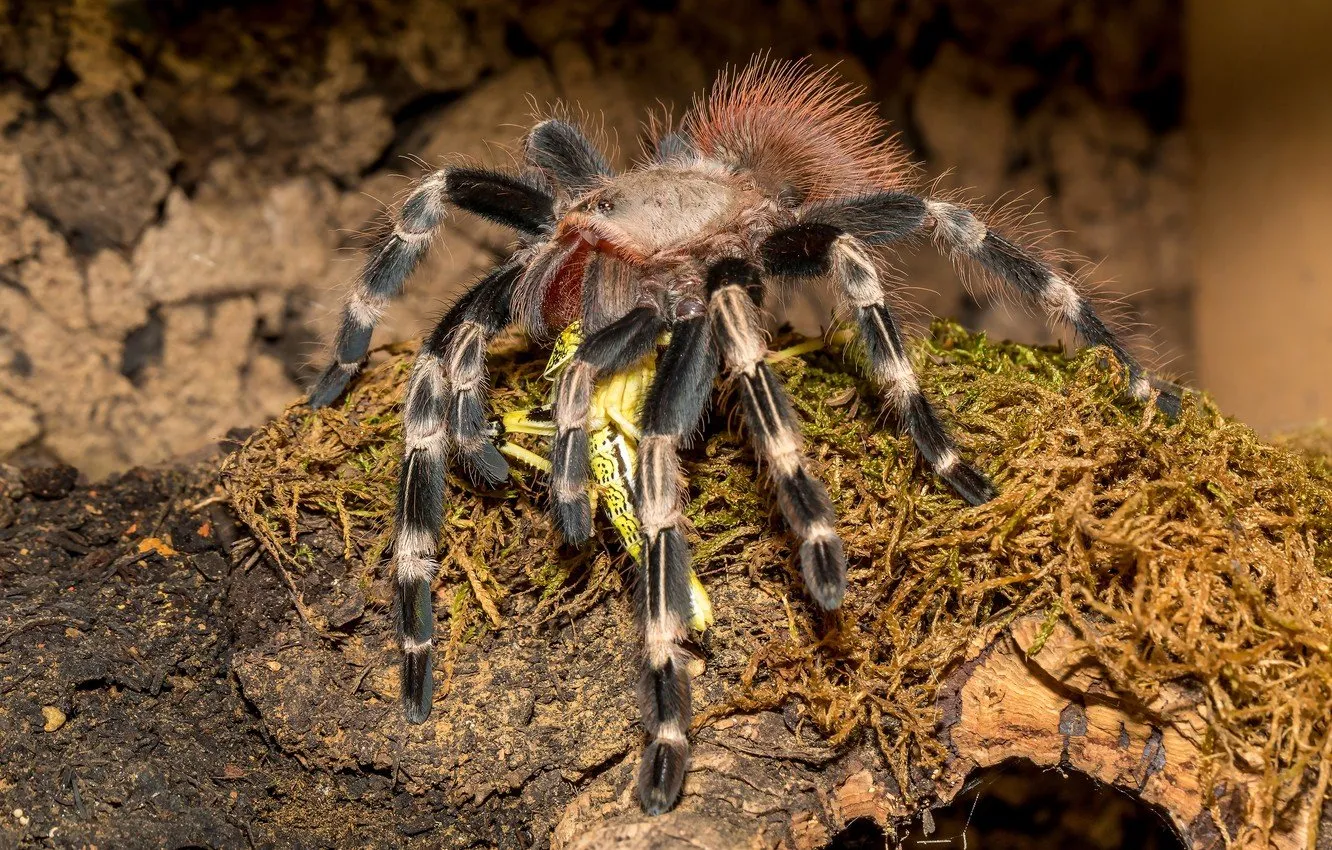
Handling tarantulas is generally not recommended, as it can stress the spider and increase the risk of injury. If you must handle your tarantula, do so with extreme caution. Approach the tarantula calmly and gently. Avoid sudden movements. If the tarantula shows signs of aggression, such as raising its front legs or flicking hairs, do not attempt to handle it. Use a gentle approach. A calm, composed method will help you handle them safely. Avoid handling tarantulas unnecessarily to minimize stress and the risk of bites.
Safety Precautions
Always wash your hands before and after handling your tarantula. Be aware of the tarantula’s behavior; signs of aggression include raising the front legs, flicking hairs, and a defensive posture. If bitten, wash the area thoroughly with soap and water and seek medical attention if necessary. Be aware that some species have urticating hairs that can cause skin irritation; avoid touching your face after handling the tarantula. Store the tarantula’s enclosure in a secure location, away from children and other pets. Prioritize safety, use caution, and stay informed about the species you own.
Common Tarantula Health Issues
Like any pet, tarantulas can experience health problems. Being aware of common issues and how to address them is vital for responsible pet ownership. Regular observation of your tarantula is important. Recognize the signs of illness and knowing how to respond is key. With prompt action, many health problems can be treated, leading to a long, healthy life for your tarantula. By understanding common health issues, you can provide appropriate care and maintain a healthy environment.
Recognizing Illness
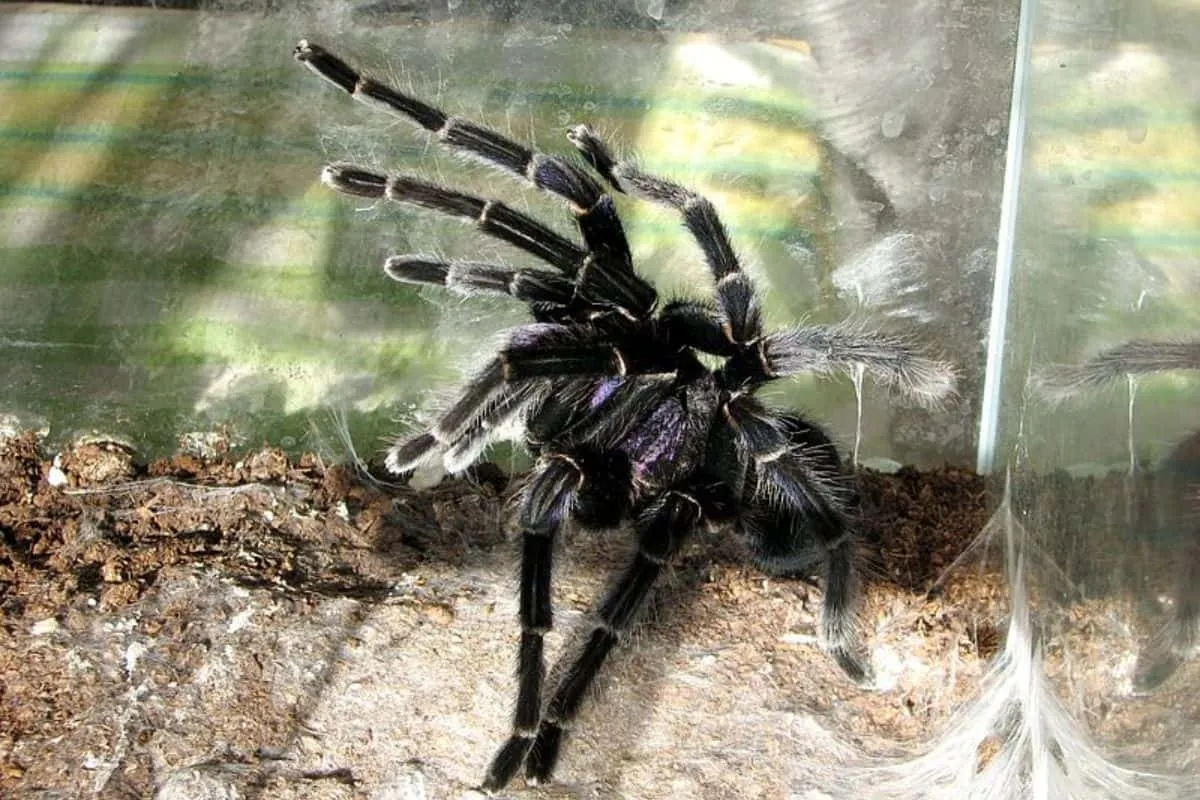
Some signs of illness include loss of appetite, lethargy, unusual posture, and changes in color or behavior. Look for signs of mites or other parasites. Check the tarantula’s abdomen for any signs of injury or swelling. If you notice any of these symptoms, consult an experienced tarantula keeper or a veterinarian specializing in exotic pets. Early detection and treatment are key to resolving health issues. Regularly observe your tarantula for changes in behavior or appearance to ensure early detection.
Preventative Care
Prevention is the best medicine. Provide a clean and appropriate habitat, including proper temperature and humidity levels. Feed your tarantula a balanced diet of appropriately sized insects. Avoid overcrowding the enclosure. Regularly check for parasites. Ensure the enclosure is secure to prevent escapes. By providing the right environment and care, you can minimize the risk of health problems. Regularly clean and maintain the enclosure. Preventative care is key to the well-being of your tarantula.
Conclusion
Caring for a tarantula can be a rewarding experience. By understanding their needs, providing a suitable habitat, and practicing responsible pet ownership, you can ensure your tarantula thrives. This guide has provided the essential information. Continue to learn and expand your knowledge to further improve your tarantula’s well-being. Always consult with experienced keepers or veterinarians if you have any questions or concerns. With proper care, your tarantula can live a long and fulfilling life. Enjoy your journey with these fascinating creatures!
